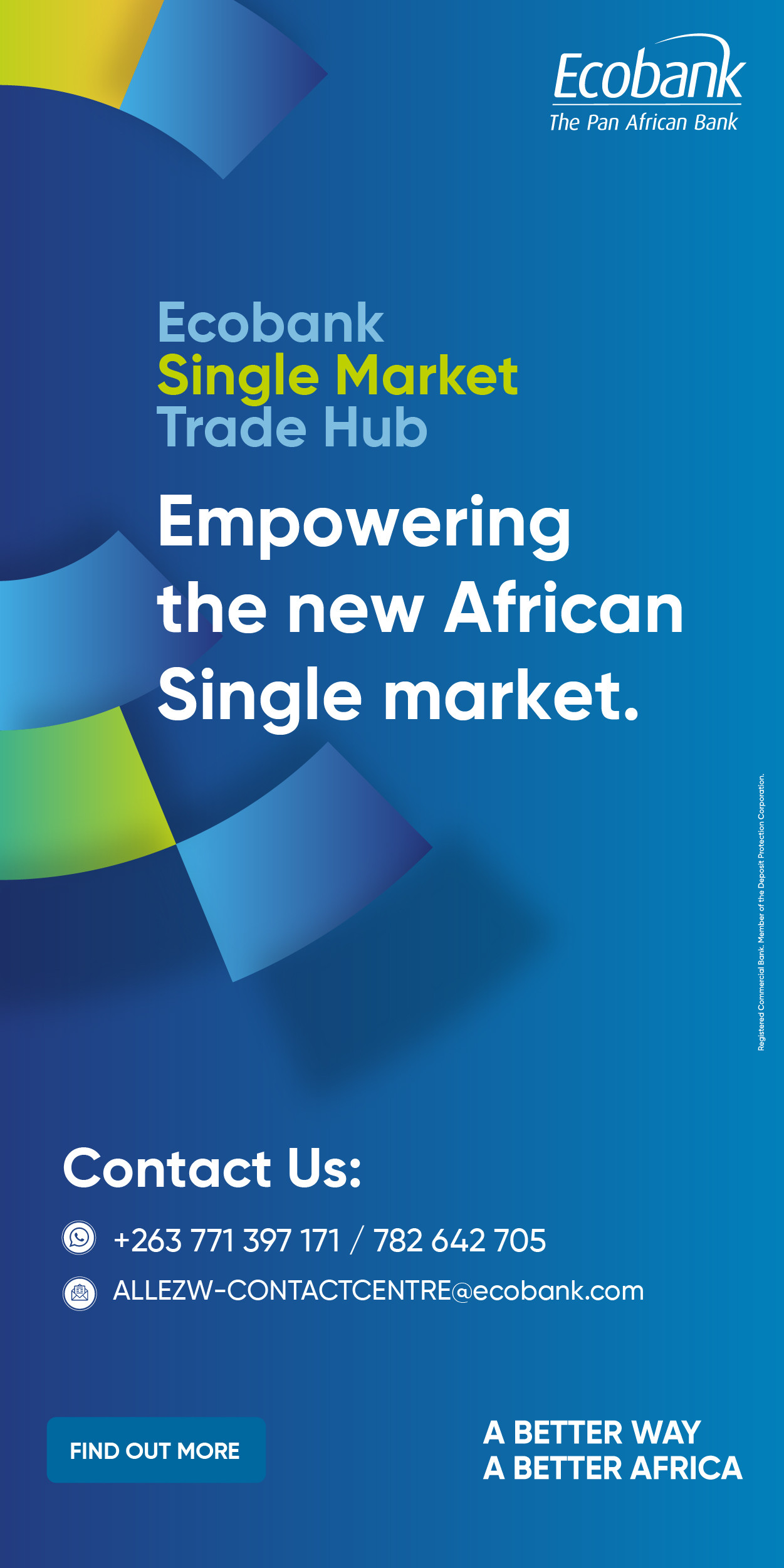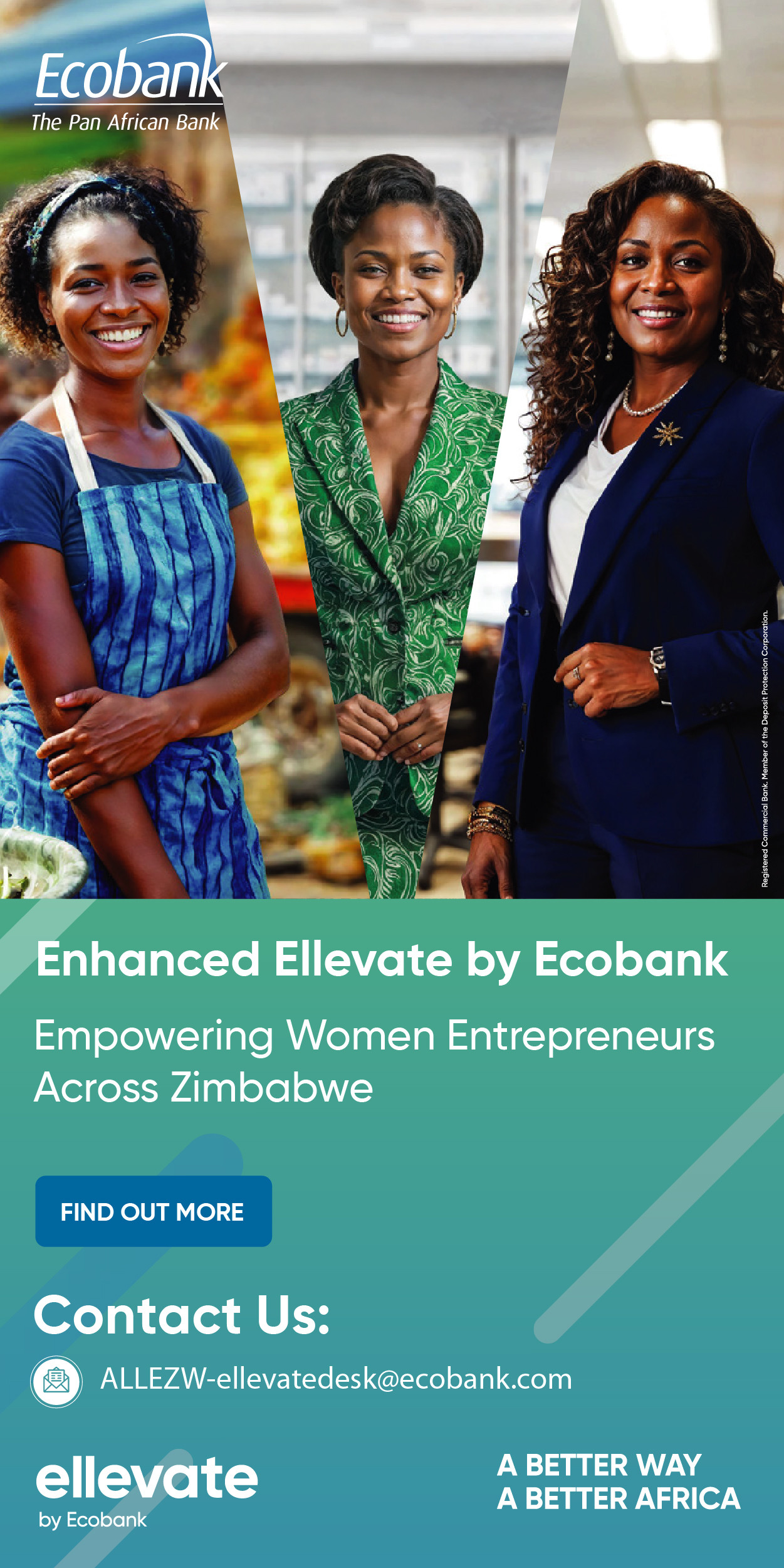2023 global pollutions
Source: IEA, Statistica, Equity Axis
Harare- The Southern African Development Community (SADC) is grappling with a severe energy crisis that threatens its economic stability and growth prospects. Frequent power outages across the region result in billions of dollars in losses, hampering industries, deterring investment, and diminishing living standards.
The reluctance of First World nations to fully partner with Africa on renewable energy reflects a harsh reality for the continent, as seen in the United States' withdrawal from a $1 billion renewable energy deal with South Africa, part of the Just Energy Transition Partnership (JETP) aimed at shifting from coal to green energy. Meanwhile, the U.S., Germany, and China are ramping up coal production to meet their own energy demands.
Germany reopened coal plants in 2022, and China continues to finance coal projects global climate pledges. Africa, despite its vast renewable potential, contributes minimally to global emissions, with sub-Saharan Africa responsible for just 1.3% of historical greenhouse gases, while facing disproportionate climate impacts like droughts and floods.
This double standard leaves Africa at a crossroads: it can either remain dependent on inconsistent foreign aid, perpetuating a cycle of begging, or harness its own resources and rise to the top by prioritising energy security and economic growth on its own terms.
Hence, coal, a resource abundant in SADC countries, presents a practical and immediate solution to this challenge, much as it did for First World nations during their industrialisation.
By examining the specific economic toll of power shortages, detailing the region’s coal reserves, and projecting their potential to address blackouts, this analysis argues that coal could be the key to unlocking SADC’s energy and economic potential supported by precise data and historical lessons.
The economic impact of power outages in SADC is staggering and well-documented. South Africa, the region’s largest economy, lost R2.9 trillion ($159 billion USD, at 18.25 ZAR/USD) in 2023 due to load shedding, followed by R481 billion ($26.4 billion USD) in 2024, with daily losses projected at R899 million ($49.2 million USD) in 2025 totalling R328 billion ($18 billion USD) annually if unchecked. This cripples its industrial and mining sectors, which contribute over 30% to GDP.
Zimbabwe forfeits $1.6 billion USD yearly, or 6% of its $26.7 billion USD GDP, affecting mining, agriculture, manufacturing, and small enterprises. Zambia’s $1.3 billion USD annual loss equates to 5% of its $26 billion USD GDP, with copper mining which constitutes 70% of export earnings bearing the brunt due to unreliable hydropower.
Botswana sacrifices $150 million USD annually, shaving 1% off its $15 billion USD GDP, impacting diamond processing, while Namibia loses 1 billion Namibian dollars ($54.6 million USD, at 18.3 NAD/USD), a heavy burden for its $12.5 billion USD economy. Malawi’s $215.6 million USD yearly loss, about 2% of its $10.8 billion USD GDP, constrains agro-processing, and Tanzania, which began rationing electricity in 2024, loses an estimated $300 million USD (0.4% of its $75 billion USD GDP), disrupting manufacturing and tourism.
The Democratic Republic of Congo (DRC) has seen its mining sector alone lose $5 billion USD from 2019 to 2023 ($1.25 billion USD annually), a fraction of broader losses in its $65 billion USD economy. Together, these figures exceed $30 billion USD in regional losses annually, highlighting the urgent need for a reliable energy source like coal.
These figures paint a grim picture: SADC nations are bleeding wealth due to unreliable electricity, with industries shutting down, foreign investment stalling, and citizens enduring diminished living standards. The lack of cohesive energy policies and aging infrastructure exacerbate the problem, leaving the region in desperate need of a scalable, immediate solution. Coal, abundant and accessible, emerges as a compelling answer.
Historically, coal was the backbone of First World industrialisation, offering a blueprint for SADC. In the United Kingdom, coal production soared from 10 million tons in 1700 to 292 million tons by 1900, powering 80% of industrial output during the Industrial Revolution and lifting GDP per capita from £1,700 to £2,300 (2011 GBP) by 1850.
The United States saw coal output reach 570 million tons by 1918, supplying 70% of electricity by 1920 and driving GDP from $200 billion (1910 USD) to $687 billion by 1930. Germany’s Ruhr Valley produced 123 million tons annually by 1913, fuelling steel output (16 million tons) and a 3.5% yearly GDP growth from 1871 to 1913.
These nations didn’t wait for ideal conditions or cleaner alternatives, they used what was available to meet urgent energy demands, laying the foundation for prosperity. They relied on coal for 50-70% of energy needs during peak industrialisation, using it to electrify economies and build wealth before transitioning to diverse energy mixes. SADC, facing similar developmental imperatives, can adopt this strategy to bridge its energy gap.
While renewable energy holds long-term promise, coal offers an immediate, proven means to bridge the gap, much as it did for the First World.
SADC’s coal reserves are substantial and well-positioned to meet this need. South Africa leads with 9.89 billion cubic meters (6.6 billion tons, assuming 1 Cu.M = 0.67 tons), enough for 36 years at its current 180 million tons/year consumption rate. Mozambique holds 1.79 billion Cu.M (1.2 billion tons), ranking 26th globally, with potential for 20-30 million tons annually.
Botswana’s 1.66 billion Cu.M (1.11 billion tons), 27th worldwide, could yield 10-15 million tons/year, while Zimbabwe’s 502 million Cu.M (336 million tons) supports 6.7 million tons/year for 50 years. Tanzania has 269 million Cu.M (180 million tons), capable of 3-5 million tons/year, and the DRC’s 88 million Cu.M (59 million tons) and Zambia’s 45 million Cu.M (30 million tons) offer smaller but strategic reserves.
Totaling over 9.5 billion tons, with South Africa holding 70%, these deposits could sustain 250 million tons/year regionally for 38 years ample time to stabilize grids and fund future energy diversification.
Coal reserves in Billion tons 2024
Source: Business Insider Africa, Equity Axis
The potential of coal to address SADC’s power crisis is transformative. In South Africa, adding 5,000 MW via eight 600 MW plants (12 million tons/year) could halve 2025’s 328 billion rand loss ($9 billion USD), powering 4 million homes and supporting mining (13% of GDP). Zimbabwe’s 1,000 MW plant (2.4 million tons/year) could recover $800 million USD annually, boosting GDP by 2-3% and electrifying 1 million households.
Zambia’s 800 MW (1.9 million tons/year) could reclaim $650 million USD, securing 800,000 tons of copper output, while Botswana’s 300 MW (0.7 million tons/year) could offset its $150 million USD loss, enhancing $4 billion USD in diamond exports. Namibia’s 200 MW (0.5 million tons/year) could eliminate its $54.6 million USD deficit, aiding uranium mining, and Tanzania’s 500 MW (1.2 million tons/year) could end rationing, saving $150 million USD.
The DRC’s 1,000 MW (2.4 million tons/year) could recover $1 billion USD/year in mining, and Malawi, importing 0.5 million tons/year for 200 MW, could halve its $215.6 million USD loss. Regionally, 10,000 MW (24 million tons/year) could cut losses by $15-20 billion USD, lifting SADC GDP growth by 2-3%.
While coal’s environmental impact, 0.9 tons CO2 per ton burned is a concern, supercritical plants reduce emissions by 20-30%, and SADC’s 1.1 tons per capita CO2 (2023) is dwarfed by the U.S.’s 14.7 tons. First World nations emitted 10-15 billion tons of CO2 during industrialisation; SADC’s 250 million tons/year is minimal by comparison, offering a pragmatic step toward stability. Coal isn’t a long-term ideal, but it addresses immediate needs while renewables mature.
If utilized effectively, this coal could electrify SADC, reducing outages and unlocking economic potential. South Africa’s reserves alone could sustain expanded power generation for decades, stabilizing its grid and supporting neighbours through regional power pools like the Southern African Power Pool (SAPP).
Mozambique and Botswana’s deposits, strategically located, could feed new coal-fired plants, while Zimbabwe’s coal could revive its faltering energy sector. Even smaller reserves in Tanzania, the DRC, and Zambia could bolster local grids, reducing reliance on inconsistent hydropower often disrupted by droughts and costly imports.
Deploying coal to address SADC’s power challenges offers tangible benefits. Modern coal plants, equipped with efficient technologies like supercritical boilers, can deliver stable baseload power, unlike intermittent renewables such as solar or wind.
Critics may argue that coal’s environmental costs, carbon emissions and pollution outweigh its benefits, especially in an era of climate consciousness.
Yet, SADC’s immediate priority is survival and development, not perfection. First World nations built their economies on coal before transitioning to cleaner energy, a luxury Africa cannot yet afford. With modern technologies like carbon capture and cleaner coal combustion, SADC can mitigate environmental impacts while meeting urgent needs. Renewables, while vital, require time, infrastructure, and investment that the region lacks in the short term. Coal offers a bridge a practical step toward stability that can fund future diversification.
alternative renewable energy sources like hydropower, solar, and wind are often touted as cleaner options. However, these alternatives are not viable for widespread adoption in SADC right now due to a combination of environmental, economic, and infrastructural constraints.
Hydropower, a significant renewable source in SADC, is increasingly unreliable due to recurring droughts exacerbated by climate change. Zambia, for instance, relies on the Kariba Dam for over 80% of its electricity (1,080 MW capacity), but water levels dropped to 1% of usable capacity in early 2025 (ZESCO reports), slashing output and costing $1.3 billion USD annually 5% of GDP. Zimbabwe, sharing the dam, faces similar woes, with its $1.6 billion USD yearly loss tied to reduced generation (below 300 MW from a 1050 MW potential).
The DRC’s Inga dams, despite a theoretical 40,000 MW capacity, operate at under 15% due to drought and siltation, contributing to $5 billion USD in mining losses over four years. Tanzania’s hydropower, supplying 35% of its grid (562 MW), faltered in 2024, forcing rationing and a $300 million USD economic hit.
Across SADC, hydropower’s vulnerability to erratic rainfall down 20% in the last decade (SADC Climate Centre) undermines its reliability, leaving coal’s consistent baseload power as a necessary alternative.
Solar power, while abundant in SADC’s sun-rich climate, is prohibitively expensive and impractical for immediate scale-up. A 100 MW solar plant costs $80-100 million USD upfront (IRENA 2024), excluding land acquisition, grid integration, and storage compared to $50-60 million USD for a coal plant of similar capacity with existing infrastructure (World Bank estimates).
South Africa’s solar projects, like the 175 MW Droogfontein plant, cost $200 million USD and took three years to build, yet only deliver power 25-30% of the time without costly batteries ($20-30 million USD per 100 MW storage). Botswana’s $150 million USD annual loss and Namibia’s 1 billion NAD ($54.6 million USD) deficit can’t wait for solar’s gradual rollout, nor can Malawi ($215.6 million USD loss) afford the $50 million USD needed for a modest 50 MW plant.
Solar’s high capital costs and intermittent output requiring backup systems make it a luxury SADC cannot yet prioritise over coal’s affordability and reliability.
Wind energy faces similar hurdles, with high costs and inconsistent generation further limiting its viability. A 100 MW wind farm costs $120-150 million USD (IRENA), and SADC’s wind potential, while decent in coastal Namibia (6-7 m/s speeds), drops inland, reducing efficiency. South Africa’s 138 MW Jeffreys Bay wind farm cost $206 million USD and produces only 30-35% of capacity (Eskom data), insufficient to offset its $18 billion USD annual loss.
Zimbabwe, with weaker wind speeds (4-5 m/s), would see even lower yields, making the $100 million USD investment for 50 MW unjustifiable against its $1.6 billion USD deficit. Wind’s reliance on specific geographies and its need for grid upgrades costing $5-10 million USD per 100 km of transmission clash with SADC’s urgent need for widespread, immediate power, which coal’s existing infrastructure can deliver.
Beyond specific challenges, renewables face systemic barriers in SADC. The region lacks the capital for large-scale deployment, with South Africa’s $26 billion USD Just Energy Transition Partnership (JETP) yielding just 1,000 MW of renewables by 2025, far short of the 5,000 MW needed to dent outages.
Grid infrastructure, often outdated, struggles with renewables’ variability; Zambia’s grid, for example, can’t handle solar’s fluctuations without $200 million USD in upgrades. Skilled labour and supply chains for turbines, panels, and batteries are underdeveloped, delaying projects by 2-5 years (SAPP reports), while coal plants can be built in 18-24 months using local expertise and resources.
For cash-strapped nations like Malawi or Tanzania, borrowing $50-100 million USD for renewables risks debt distress, whereas coal leverages existing mines and know-how.
Renewables hold long-term promise, but SADC’s immediate crisis demands action today. Hydropower’s drought-driven unreliability, solar’s steep costs, and wind’s inefficiencies leave coal as the region’s lifeline. Just as the UK and U.S. used coal to build wealth before diversifying, SADC can harness its reserves to end blackouts, stabilise economies, and fund a cleaner future. Coal isn’t ideal, but it’s here, affordable, and ready unlike renewables, which remain out of reach for now.
Equity Axis News





